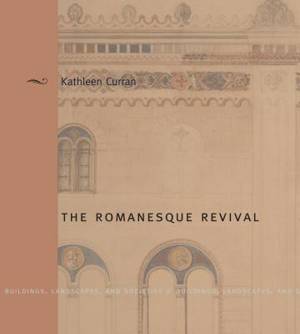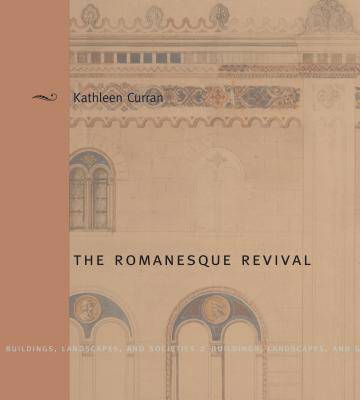
- Retrait gratuit dans votre magasin Club
- 7.000.000 titres dans notre catalogue
- Payer en toute sécurité
- Toujours un magasin près de chez vous
- Retrait gratuit dans votre magasin Club
- 7.000.0000 titres dans notre catalogue
- Payer en toute sécurité
- Toujours un magasin près de chez vous
Description
During the nineteenth century, as the rapid growth of industry transformed life in both America and Europe, many new churches and public buildings were designed in an imposing style based upon medieval and early Christian models. Kathleen Curran's book traces the origins of this phenomenon, known either as the Rundbogenstil or Romanesque Revival, in Rome, Karlsruhe, and the Munich of Ludwig I and charts its spread from Germany to London and the United States, where it shaped the design of such landmarks as Trinity Church in Boston and the Smithsonian Institution in Washington, DC.
Drawing on extensive archival research and wide reading in the theological and political literature of the period, Curran sets Romanesque Revival architecture in the context of debates on the roles church and state should and could play in modern society. Her book also breaks new ground by bringing to the fore the figures--diplomats, theologians, educational reformers, clergymen, and rulers--who supported Romanesque Revival architecture in large part because of the style's many associations with the staunch faith and communal solidarity of the early Christian era. The Romanesque Revival is both comprehensive in scope and richly detailed. Even as it tracks the transnational movement of people and ideas, it situates key buildings in new patterns of urban development and explores their ideological implications and aesthetic refinements. The numerous illustrations include drawings and nineteenth-century photographs that have never before been reproduced.
Spécifications
Parties prenantes
- Auteur(s) :
- Editeur:
Contenu
- Nombre de pages :
- 400
- Langue:
- Anglais
- Collection :
- Tome:
- n° 2
Caractéristiques
- EAN:
- 9780271022154
- Date de parution :
- 16-04-03
- Format:
- Livre relié
- Format numérique:
- Genaaid
- Dimensions :
- 235 mm x 261 mm
- Poids :
- 1859 g

Les avis
Nous publions uniquement les avis qui respectent les conditions requises. Consultez nos conditions pour les avis.






